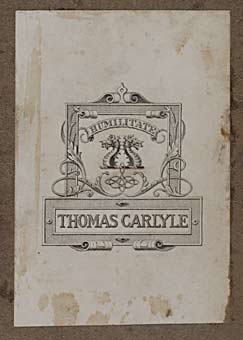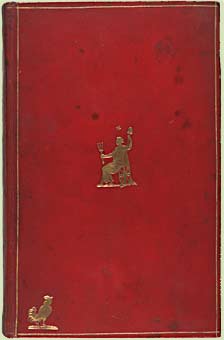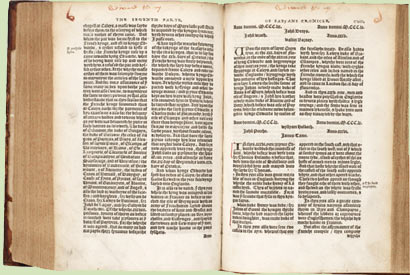|
|
Book investigating - step 1 - Anatomy of a Book

Fly-leaves - blank pages to protect the book
People often wrote inscriptions on the fly leaves.

Paste-downs - paper pasted onto the inside front cover
Sometimes people put their bookplates on the inside front cover.

Binding - the book's cover, often made of leather
Bindings were sometimes decorated to suit the taste of a book's
owner.

Text Block - pages with words and pictures
Sometimes people wrote notes on the pages.
|
| The clues that you'll need are found in different
parts of the book. Each of these parts has a name. Historians, librarians
and book-collectors look at these clues to build up a picture of
the Private Lives of Books. However, you don't need to be an expert
to become a book investigator.
Click on the buttons to find out
about how the different parts of the book are put together. |
| |
Previous |
 Next Next
|
|
|
|
|
